Statue of Clarice Lispector
Clarice Lispector, one of the most celebrated writers in Brazilian literature, was born in 1920 in Ukraine and moved to Brazil in her early childhood. Her Jewish parents left Ukraine shortly after the 1917 Bolshevik Revolution. Clarice was born during the journey the family made to emigrate and she had just turned one year old when she arrived in Brazil. She was christened Haia Lispector but she and her family adopted Brazilian names. She lived in Maceió and Recife before moving to Rio de Janeiro in 1935. A curious fact is that, contrary to what many believe, her supposedly characteristic accent was actually a speech impediment.
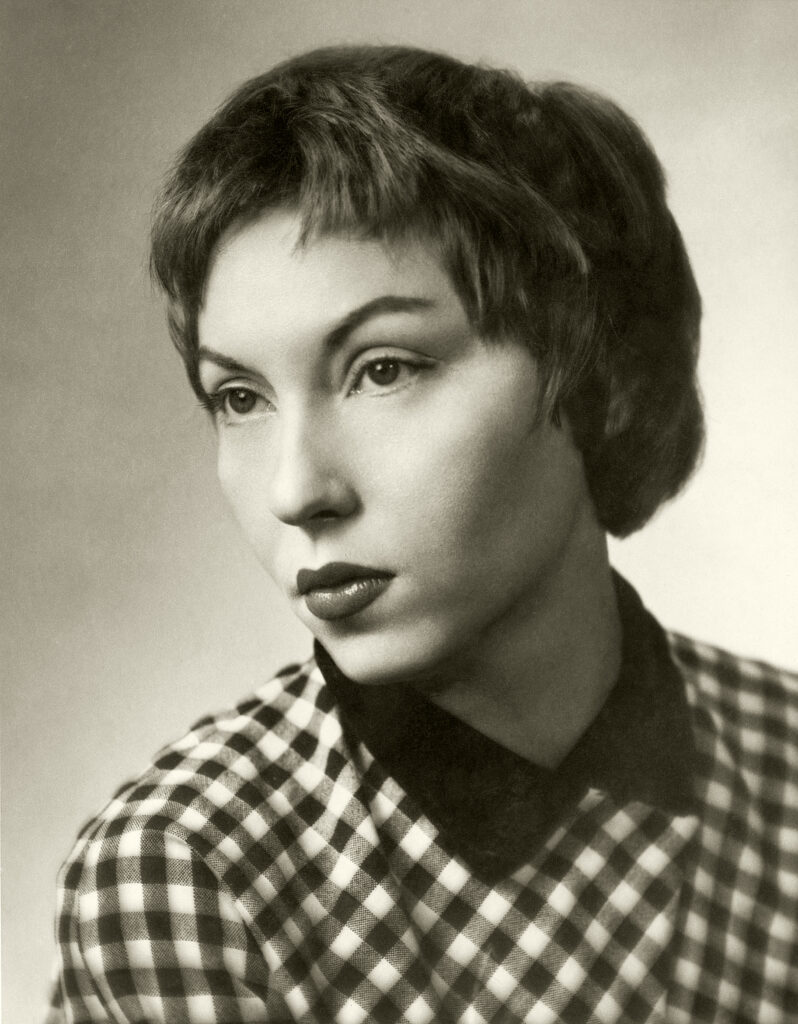
Site: Clarice Lispector
Clarice Lispector graduated in Law and worked as a journalist. She even wrote for the newspaper A Noite in 1942. However, it was her career as a writer that made her famous. She started writing at the age of 13 and at 23 won the Graça Aranha Award for the best novel of the year with Perto do Coração Selvagem.
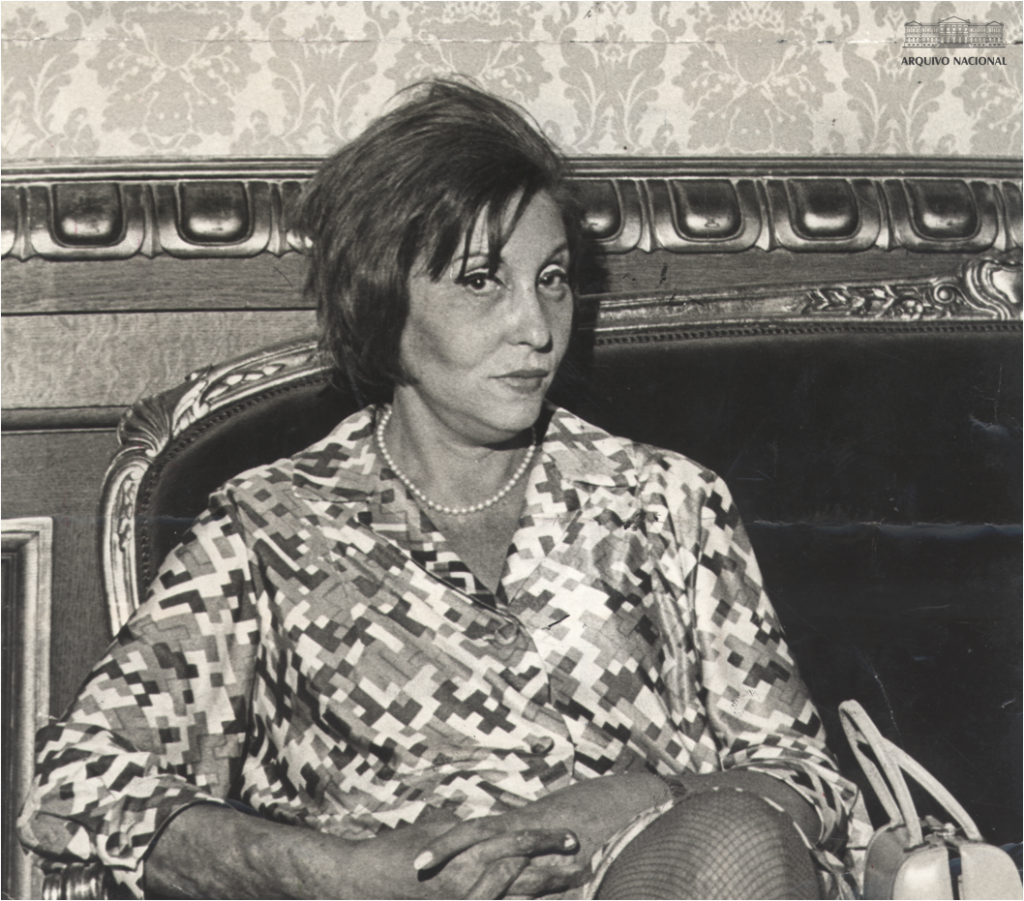
Clarice Lispector, 1972. National Archive – Correio da Manhã Collection.
Her texts, marked by poetic language, explore feelings and existential questions, often expressed through female characters who face every day dilemmas. She was a novelist and short story writer. Some of her best-known works include Laços de Família (1960), a collection of short stories for which she received the Jabuti Award, and A Hora da Estrela (1977). She also wrote chronicles and children’s literature. Clarice’s relationship with the arts went beyond literature and she was known to produce paintings that also reflected her worldview.
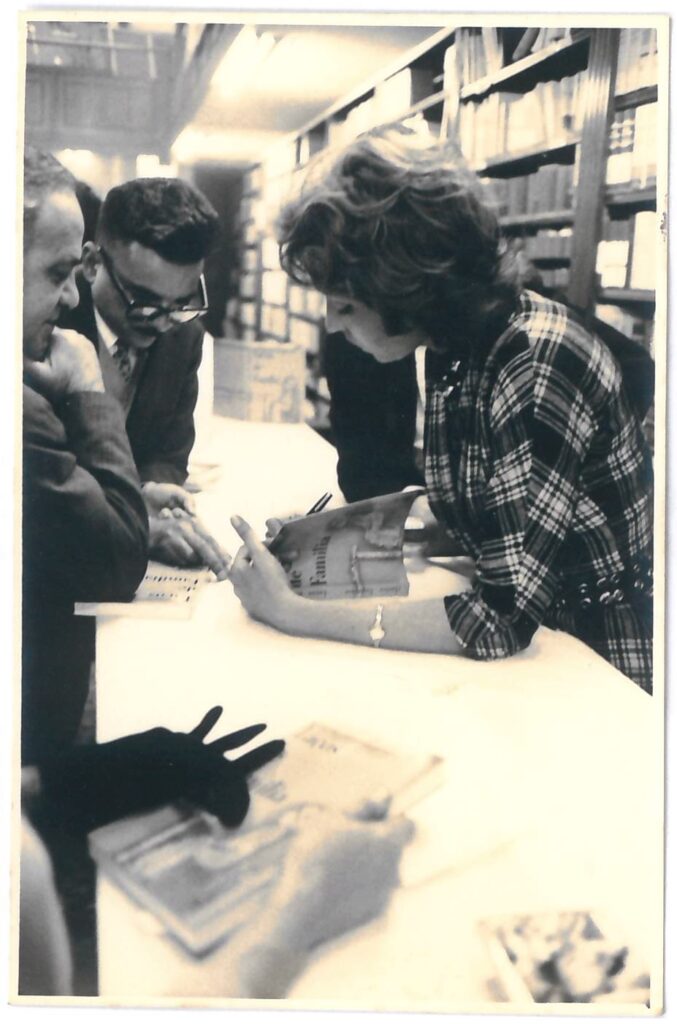
Site: Clarice Lispector
The author died of ovarian cancer in 1977. She left a vast body of work and an unparalleled legacy. In 2016, a statue in her honor was unveiled in Leme, the neighborhood where Clarice lived in the last years of her life.
The sculpture was conceived by Teresa Monteiro, Lispector’s biographer, and was designed by the visual artist Edgar Duvivier, who created several other works scattered throughout the city, such as the bust of Lima Barreto on Rua do Lavradio and the statue of Princess Isabel in Copacabana. The sculpture depicts Lispector seated on a bronze bench next to her dog, Ulisses. The project was funded with the help of collaborators and the sale of scale models of the work. This is the first life-sized statue of a woman in the city of Rio de Janeiro.
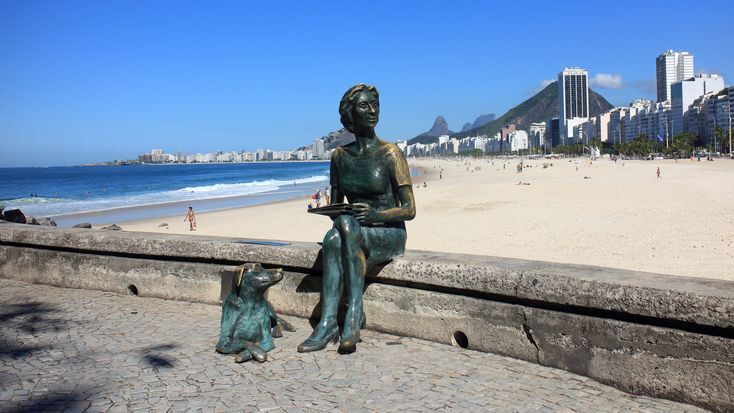
Photo: Reproduction
The statue is made of bronze and was inspired by images and descriptions of Clarice to capture her essence of pensiveness. She is holding a book and has a contemplative gaze. Her dog, Ulisses, reinforces the idea of companionship and intimacy that the author often cultivated in her personal life and in her work, where themes of solitude were frequently explored.
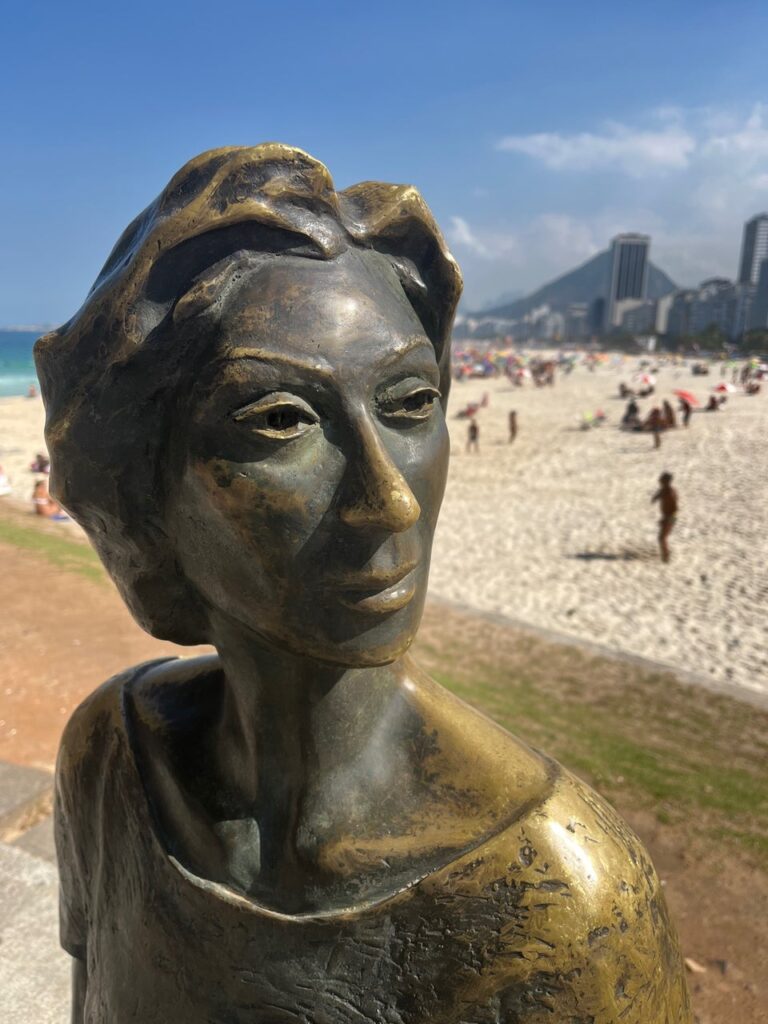
Photo: Reproduction
As well as being a tourist spot, the statue is also a meeting point for admirers of Clarice and literature in general. It is a place to honor her and to read. The tribute to Clarice Lispector in this corner of Rio de Janeiro is a reminder of her literary legacy and her unique perspective on the world, which continues to inspire readers of all generations.


















